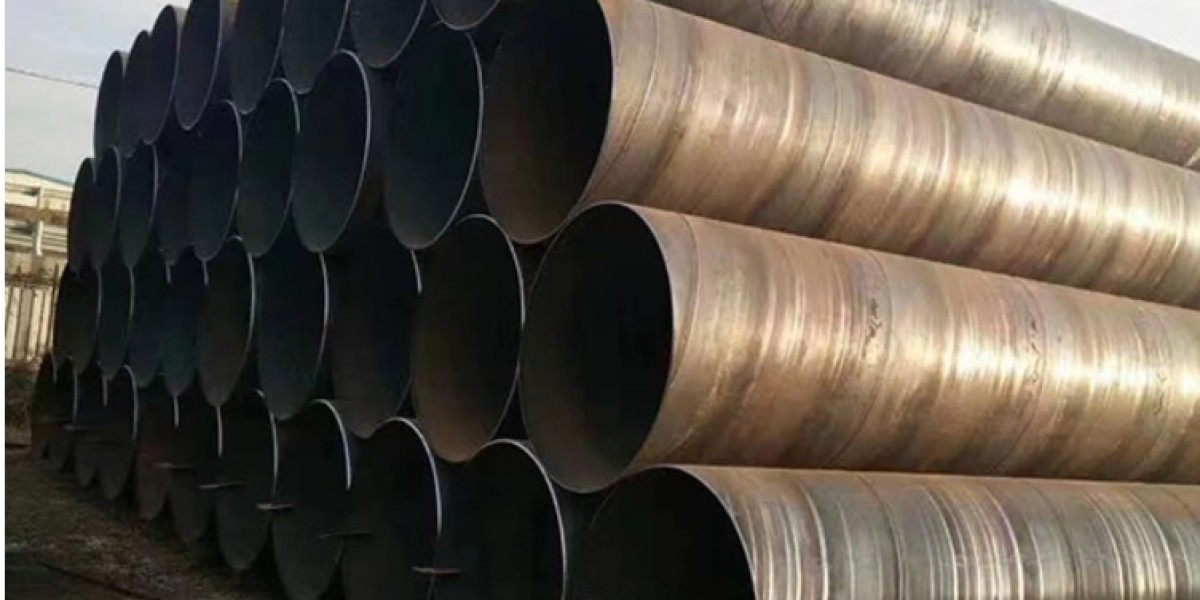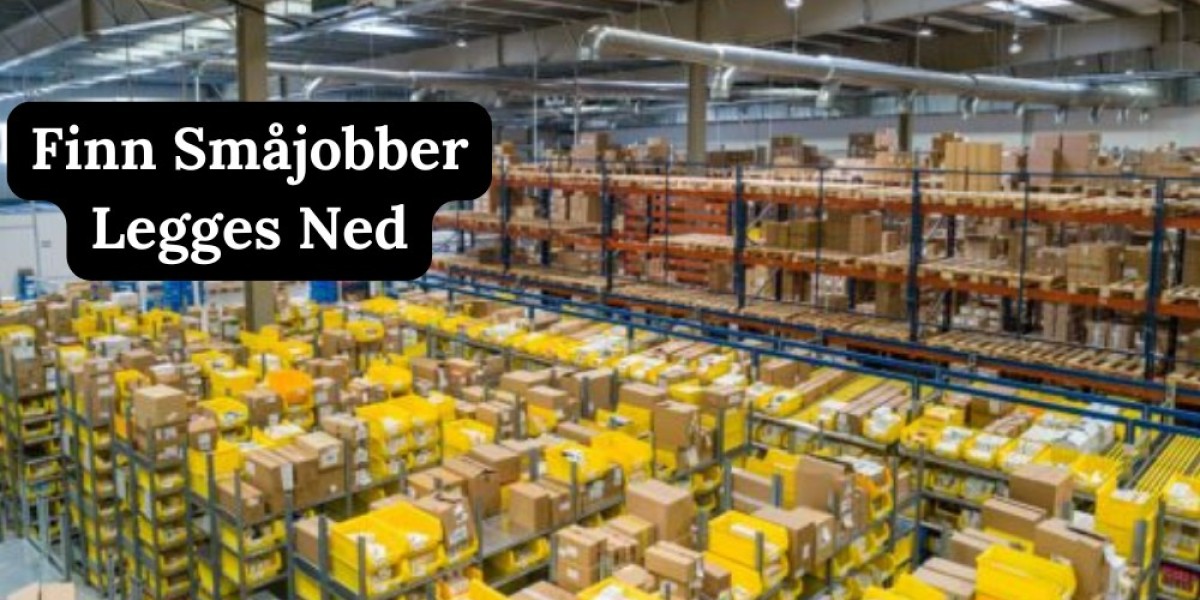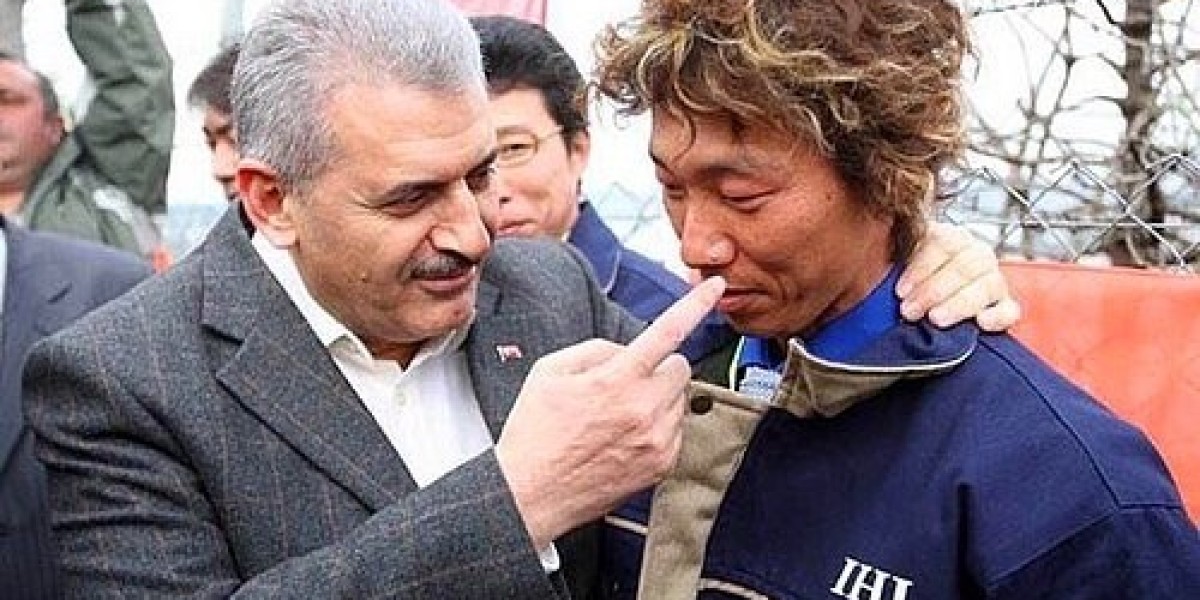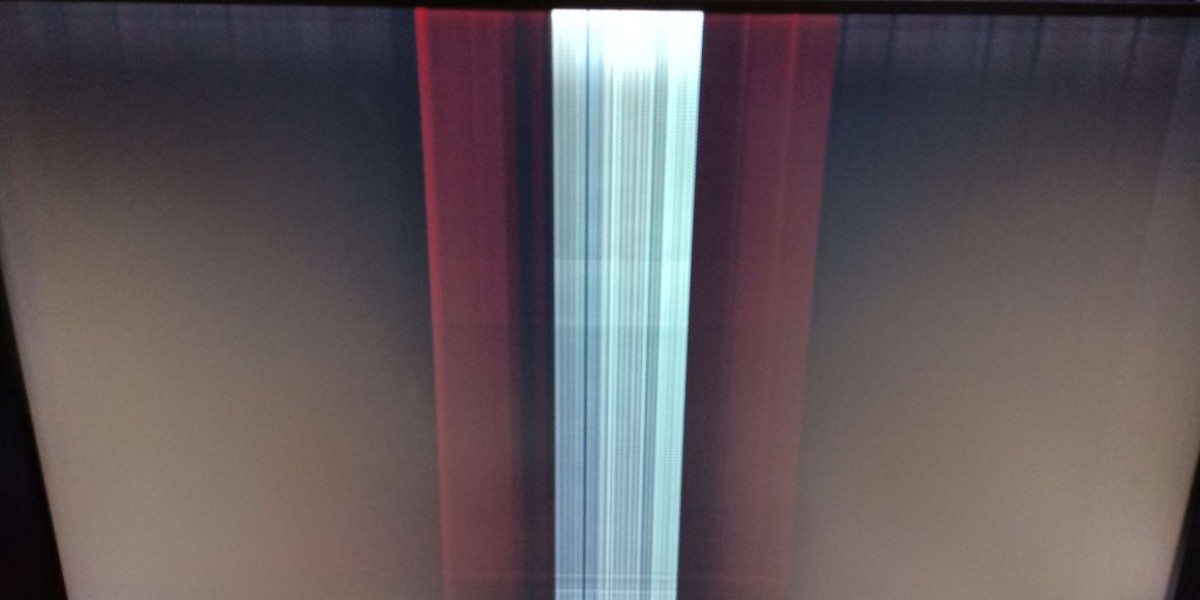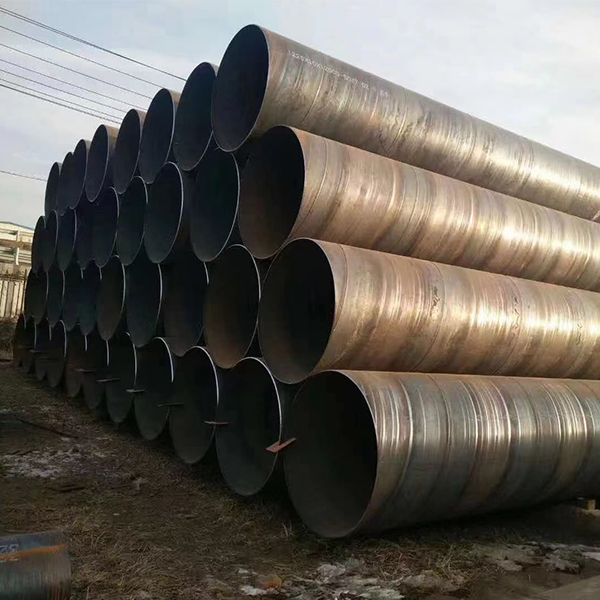
The pricing of spiral welded steel pipes is shaped by a complex interplay of market forces, production variables, and project-specific requirements. Understanding these factors helps buyers make informed procurement decisions while ensuring quality and value alignment. At the core of price determination lies raw material costs, which typically account for 60-70% of the final product price. Fluctuations in global steel coil prices directly impact pipe costs, with high-grade alloys like X70 or corrosion-resistant steels commanding premium rates. Market volatility caused by trade policies, mining output, and energy prices further complicates cost predictability, requiring buyers to monitor commodity trends closely.
Production specifications significantly influence pricing. Wall thickness variations of just 1mm can alter material consumption by 15-20%, directly affecting per-ton costs. Specialized coatings such as 3LPE (three-layer polyethylene) or FBE (fusion-bonded epoxy) add 20-30% to base prices but extend service life in corrosive environments. Diameter requirements also play a role—larger diameter pipes (over 2 meters) often require custom tooling setups, increasing manufacturing overheads. Some manufacturers implement surcharges for non-standard lengths or tight tolerance requirements that demand additional quality control measures.
Geopolitical and logistical factors frequently create regional price disparities. Transportation costs for these bulky products can equal 10-15% of total procurement expenses, particularly for inland projects far from manufacturing hubs. Trade tariffs and certification requirements (e.g., API 5L compliance) add layers of compliance costs that vary by destination market. Environmental regulations in different jurisdictions also affect production methods—facilities employing cleaner electric arc furnaces versus traditional blast furnaces may price differently based on local carbon tax structures.
Market competition and order volumes further refine pricing structures. While established producers maintain stable pricing through vertical integration, newer market entrants sometimes offer aggressive rates to gain market share. However, buyers must balance initial cost savings against long-term reliability, as inconsistent quality in cheaper alternatives can lead to higher lifecycle costs through premature failures or maintenance issues.
